
Breaking Travel News explores: Stadia of Qatar
Having started with a comprehensive 3-0 victory over Lebanon during the opening of the AFC Asian Cup this week, Qatar is once again in the sporting spotlight.
The Middle East destination has developed world-beating infrastructure to host global events over the past few years, not least with the hosting of the FIFA World Cup 2022.
Here Breaking Travel News takes a look at some of the iconic structures.
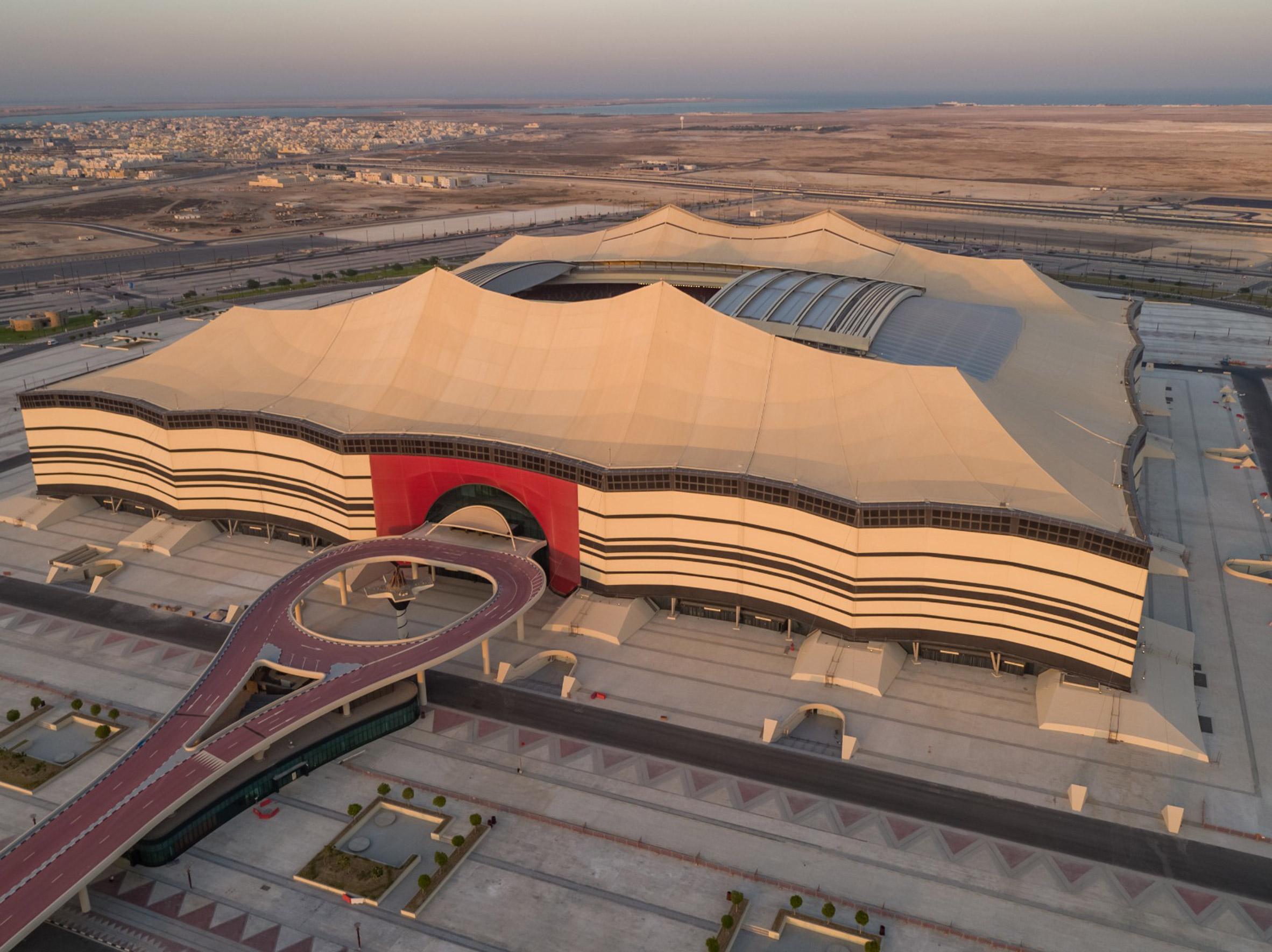
Al Bayt Stadium
With a capacity of 68,895, Al Bayt Stadium became an icon of the first World Cup to be held in the Middle East.
The location hosted the opening match of the FIFA World Cup Qatar 2022 and is built in the shape of a traditional Bedouin tent - bayt al sha’ar, a symbol of hospitality in the desert where guests are welcomed from far and wide to relax and meet locals.
The construction of Al Bayt Stadium officially started in September 2015 and was completed three years later, with a reported cost of $847 million.
The inauguration took place in November 2021, with the opening ceremony of the FIFA Arab Cup Qatar 2021 attended by the emir of Qatar, sheikh Tamim bin Hamad Al Thani.
Designed by Dar Al-Handasah and built in partnership with Aspire Foundation, Al Bayt Stadium has a Class A rating from the Global Sustainability Assessment System (GSAS).
The stadium uses green building materials and the latest technology to preserve energy and water.
Later this week, the venue will play host as Qatar take on Tajikistan in the AFC Asian Cup 2023.

Lusail Stadium
The opening ceremony of the AFC Asian Cup 2023 took place at Lusail Stadium this week, before the opening game between Qatar and Lebanon.
Named The Lost Chapter of Kelileh and Demneh, the event captured the attention of the region.
With a capacity of 88,966, Lusail Stadium is also one of the largest in the Middle East.
Iconic by name and iconic by nature, the facility is situated within Lusail, the master planned city of the future that played hosted to the FIFA World Cup.
Today, Lusail Stadium, designed by Foster + Partners, is a world-class football venue.
Its futuristic design draws inspiration from the fanar lantern’s play of light and shadow.
The shape and facade reflect intricate decorative motifs from the golden age of Arab and Islamic art.
Innovative design elements, including high-performance facades and a sustainable roof, reduce energy consumption.
The outdoor cooling technology also ensures maximum comfort.
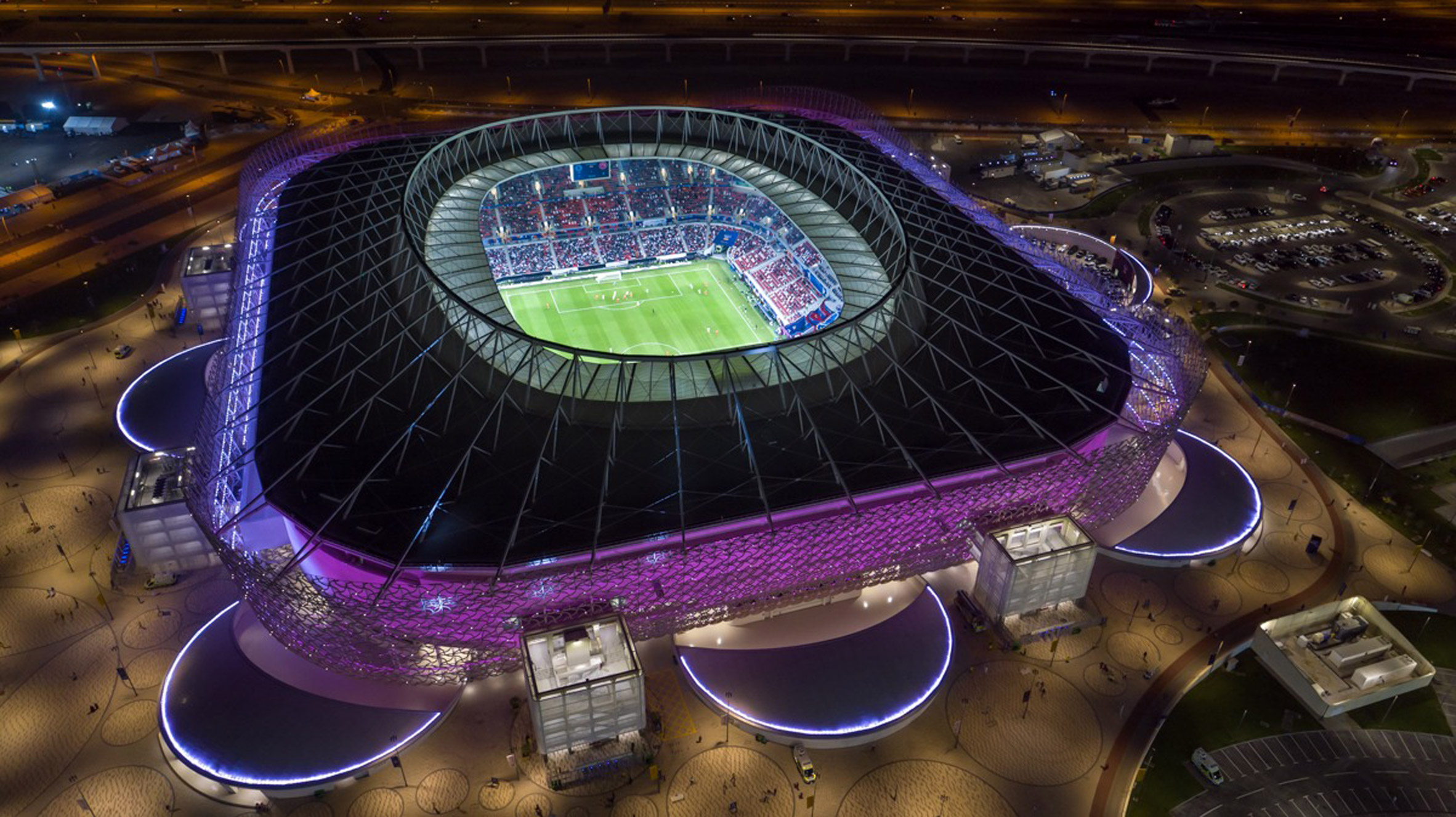
Ahmad bin Ali Stadium
Designed as a tent in the desert, Ahmad bin Ali Stadium is yet another state-of-the-art facility destined to amaze thousands of World Cup fans.
Built on the site of the former Ahmed bin Ali Stadium itself, the FIFA World Cup 2022 stadium is located on the edge of the wilderness.
It has space for 45,032 sports fans, the stadium is accessible and provides an inclusive and exciting football experience for everyone, including those with disabilities.
Ahmad Bin Ali Stadium construction began in early 2016, on the site of the former stadium, named after Ahmad bin Ali Al Thani, the emir of Qatar from 1960 to 1972.
It was designed by UK architecture studio Pattern Design and the reported cost was in the realm of $360 million.
Located in the city of Al Rayyan, known as the gateway to the desert, the location has championed environmental issues.
Over 90 per cent of the previous stadium site, built in 2003 and demolished in 2015, was reused or recycled.
India will take on Uzbekistan at the iconic venue as the AFC Asian Cup accelerates this week.
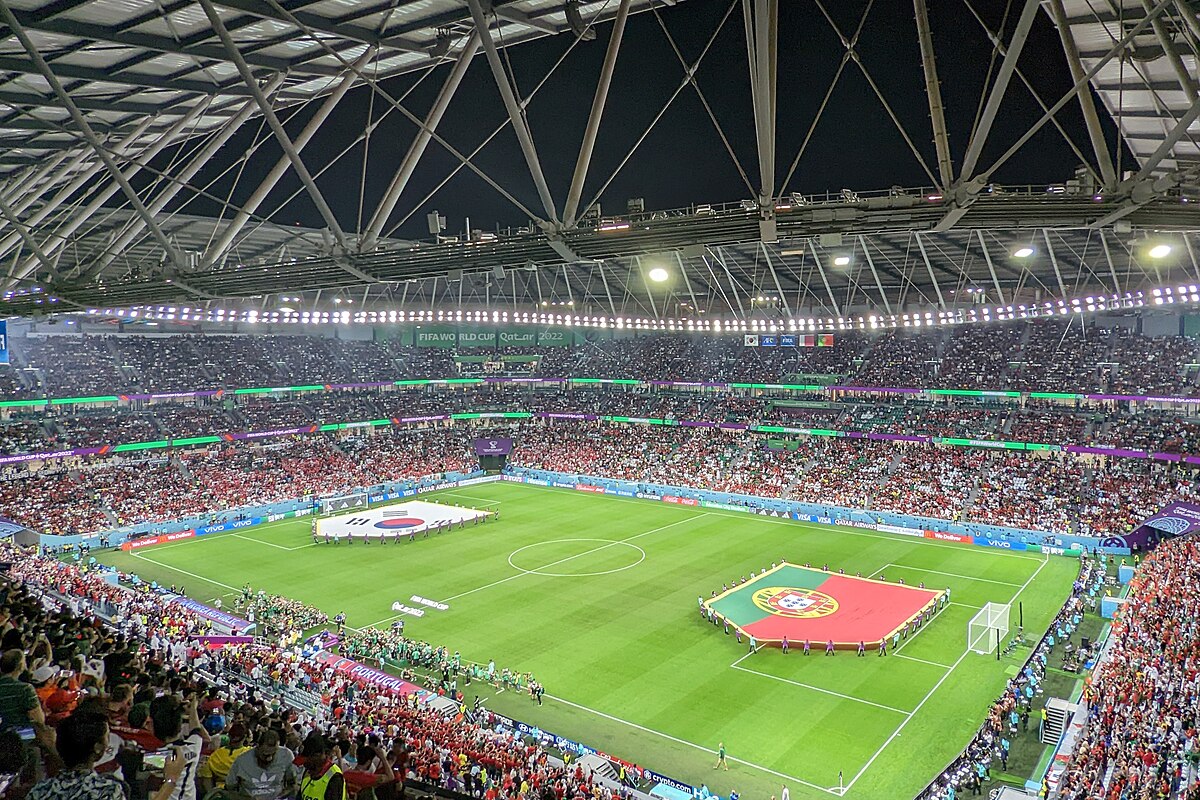
Education City Stadium
Education City Stadium in Qatar is a spectacular venue showcasing a commitment to sustainability, education and sports.
With a capacity of 44,667, it stands as a symbol of excellence and innovation on the global stage.
Fenwick Iribarren Architects and Pattern Design brought a Qatari vision for a progressive future to life spectacularly.
The stadium serve as a community focal point, featuring world-class sporting pavilions and training facilities for students and locals to enjoy, enriching the academic experience.
Facilities include football training pitches, a golf course and shops.
The United Arab Emirates will play Iran at the venue later this month as both battle to advance to the knockout stages of the AFC Asian Cup.
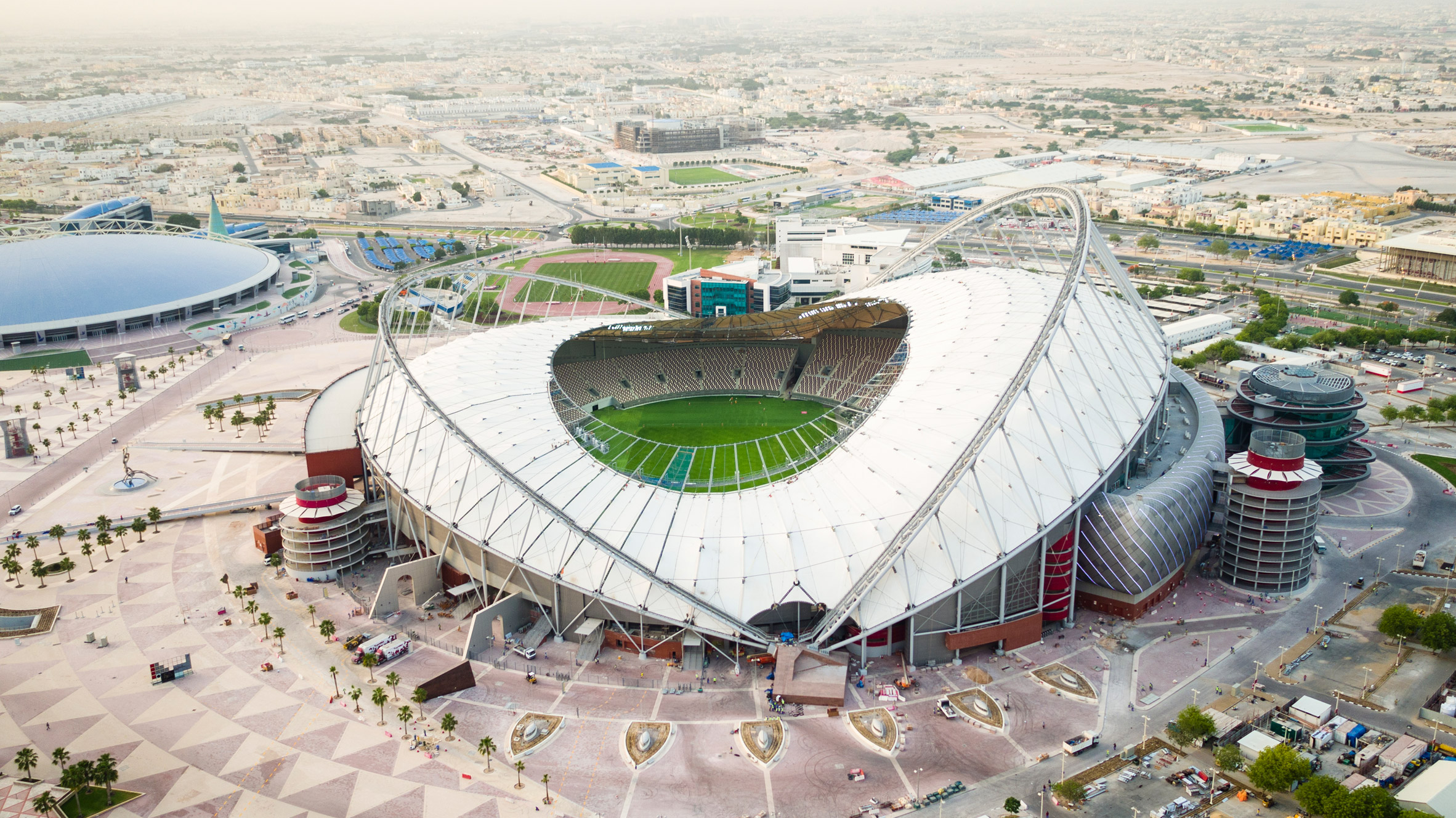
Khalifa International Stadium
This multi-purpose Khalifa International Stadium showcases a commitment to sport, with cutting edge infrastructure and facilities.
The stadium is housed within Doha Sports City Home, home to sport and sports medicine facilities, research and education centres; and establishes Qatar as a fully rounded sporting destination.
It can welcome 45,857 fans and has been Qatar’s premier football venue since its inauguration in 1976.
It initially seated 20,000 spectators, but when Qatar won the 2022 FIFA World Cup bid in 2010, the stadium needed extensive upgrades.
Starting in 2014, the stadium underwent significant renovations, with architect Dar Al-Handasah leading the project.
An innovative cooling system and roof covering 70 per cent of the stadium was also added.
The stadium reopened in 2017 post renovation, becoming one of the first stadiums to stand ready for the FIFA World Cup matches that were scheduled for the year 2022.
Developers used cutting edge sustainability practices in the design, construction and operation to minimise the stadium’s ecological footprint.
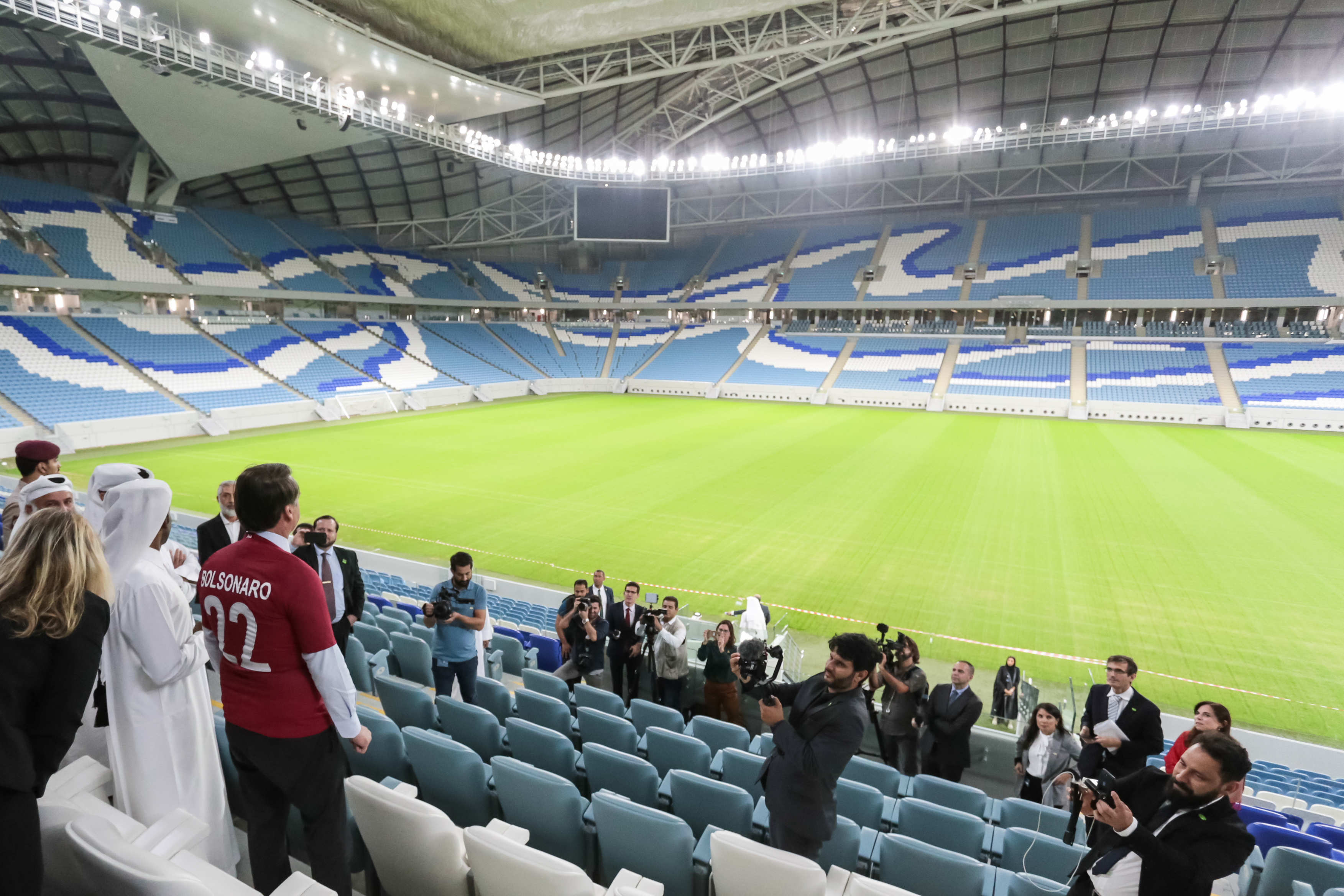
Al Janoub Stadium
With a capacity of 44,325, the design of Al Janoub Stadium reflects the sails of Qatar’s wooden dhow boats, traditionally responsible for much of the country’s economy.
One of eight venues to host the FIFA World Cup 2022, Al Janoub Stadium, was designed by British-Iraqi architect Zaha Hadid.
Today, the stadium is used as a local community venue.
Established in one of Qatar’s oldest neighbourhoods, constructions began in January 2016, making it the first of the stadiums built from scratch.
The stadium costed $576 million and was inaugurated during the Amir Cup final in May 2019.
The venue will host one of the quarter-finals of the AFC Asian Cup, as well as group matches featuring Australia, South Korea and Malaysia.

Al Thumama Stadium
Built for the FIFA World Cup 2022, Thumama Stadium is built in the shape of local headwear.
Al Thumama Stadium is named after the area in which it is located, which, in turn, took its name from a tree that grows locally.
Today, seating capacity has be halved and the location has become a mixed-use leisure development.
Al Thumama Stadium will host a semi-final of the AFC Asian Cup, as well as group matches featuring tournament favourites, Japan, as well as China and Vietnam.
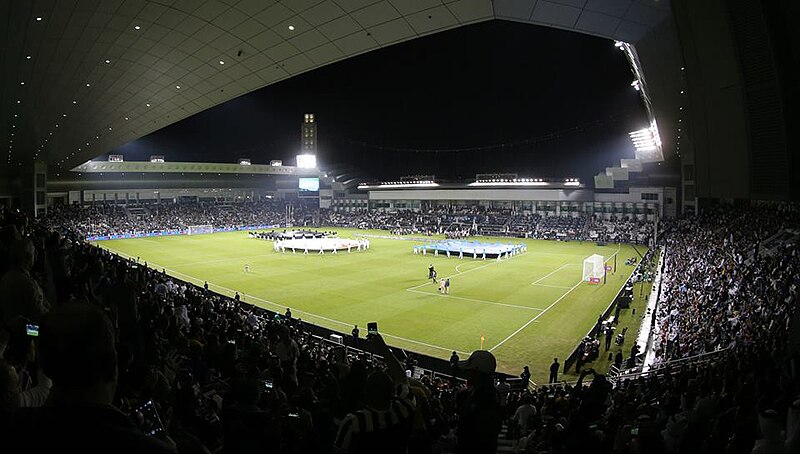
Jassim bin Hamad Stadium
Jassim bin Hamad Stadium is located about five kilometres west from the centre of Doha.
With a capacity of 15,000, it is the home of the Al Sadd Sports Club, who play in the top-flight Qatar Stars League.
Today, is occasionally used by the Qatar men’s and women’s national football teams as one of their home grounds.
Paying respect to the nautical heritage of Qatar, its unusual structure boasts a striking exterior inspired by the sails of ancient dhow boats.
The retractable roof of the stadium enables climate control during games and activities.

Abdullah bin Khalifa Stadium
Finally, Abdullah bin Khalifa Stadium can welcome 10,000 sports fans.
The construction of the stadium started in 2011 and was completed by February 2013.
The stadium was officially inaugurated in February 2013 with the first match taking place in the stadium being a Qatar Stars League fixture with the home team Lekhwiya facing off against Al Khor.
More Information
Facilities such as these are among the reasons Qatar was recognised as the World’s Leading Sports Tourism Destination by voters at the prestigious World Travel Awards last year.
His Excellency, chairman of Qatar Tourism, Saad bin Ali Al Kharji, spoke to Breaking Travel News at World Travel Market in London about the importance of sport in the destination
Find out more on the official website at website.

